STREET PHOTOGRAPHY - WHAT IS IT?
Street photography (a vague term as it may be) is photography conducted for art or enquiry that features unmediated chance encounters and random incidents within public places. In the street it's spontaneous. Uncontrolled. Serendipitous. Being open to the unexpected. The City is the street photographer's studio.
Street photography has essentially become a catch-all term, unfortunately, but it does best describe the practice in its most generalized definition. Personally I prefer to call it Humanist Photography -- but for all intense and purposes we'll mostly refer to it simply as Street Photography - CANDID that is. It is the authenticity in the non-posed candid shot that I'm after, nothing contrived. I may be an observer but my camera allows me to also be a participant, in a raw and unrehearsed theatre of randomness full of unknown actors and extras.
Wikipedia describes Street Photography as:
Street photography is a genre of photography that features subjects in candid situations within public places and does not necessitate the presence of a street or even the urban environment. ‘Street’ simply refers to a place where human activity can be seen, a place to observe and capture social interaction. The subject can even be absent of any people altogether and can be that of object or environment where an object projects a human character or an environment is decidedly human.
THE CONTEMPORARY FLANEUR
The flâneur first appeared in nineteenth-century Paris, an emblem of the changing city and the changing society, a product of urbanization and revolution.
Famous French poet, Charles Baudelaire, defined a modern definition of the flâneur—that of “a person who walks the city in order to experience it”. In this case the flâneur is the street photographer who walks, watches, and stops to pay attention to the scenes unfolding before him (or her), engaging with the city as it presents itself in motion and on foot. While Baudelaire characterized the flâneur as a "stroller of city streets", he saw the flâneur as having a key role in understanding, participating in and portraying the city. The Candid Flâneur is like an author in search of characters for his story. An entire novel can spring from a single encounter observed in the city street.
“To be away from home and yet to feel oneself everywhere at home; to see the world, to be at the centre of the world, and yet to remain hidden from the world—impartial natures which the tongue can but clumsily define. The spectator is a prince who everywhere rejoices in his incognito.” ~ Charles Baudelaire, The Painter of Modern Life and Other Essays



























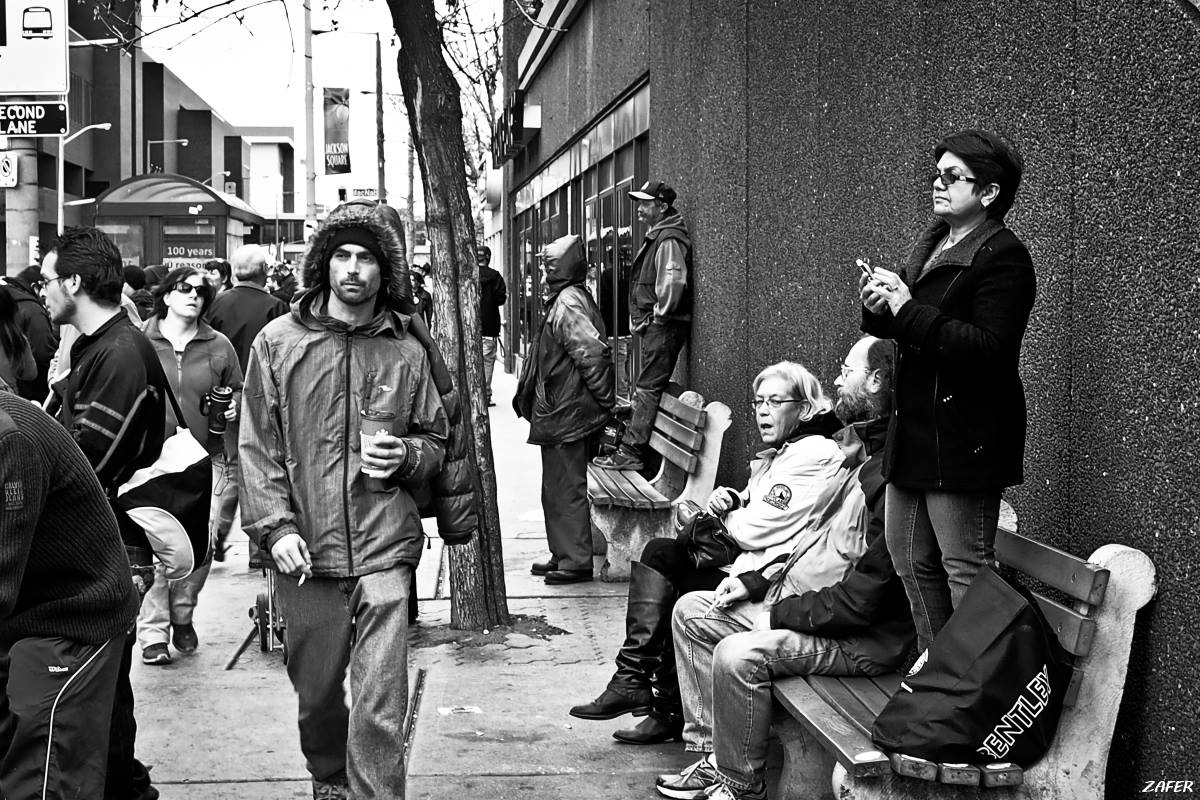
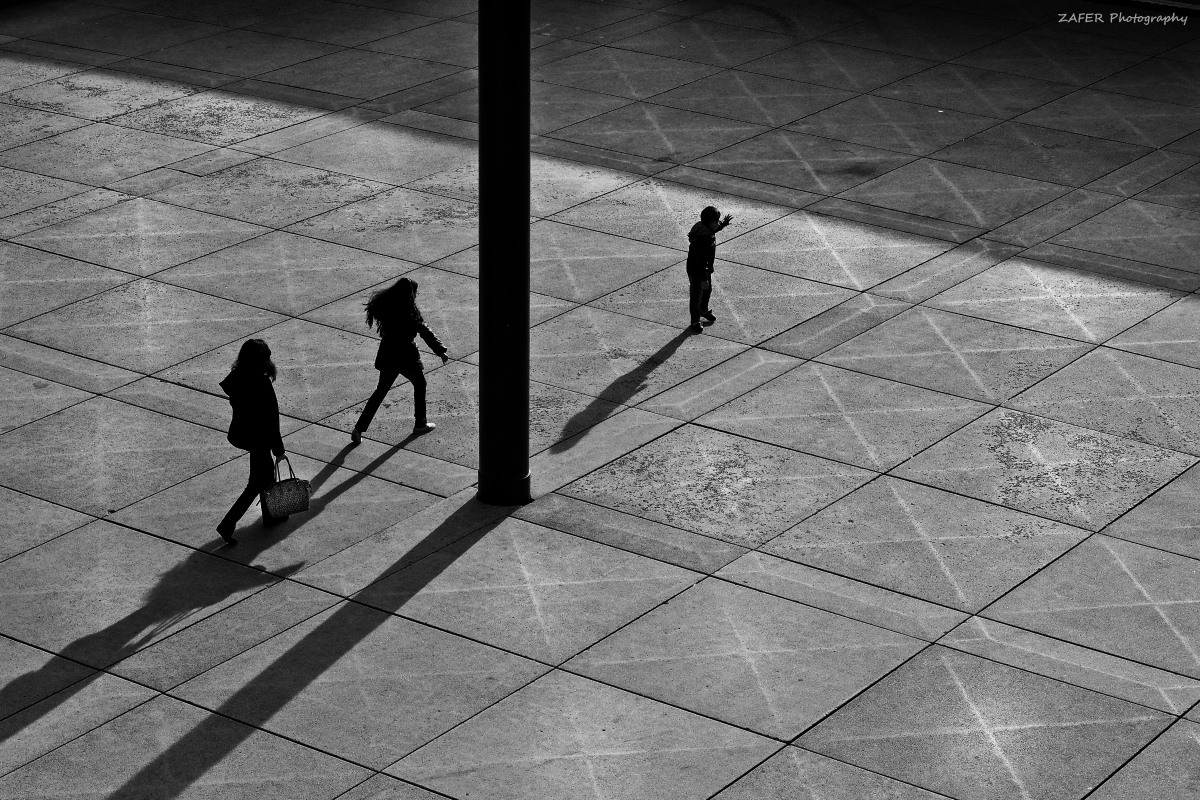
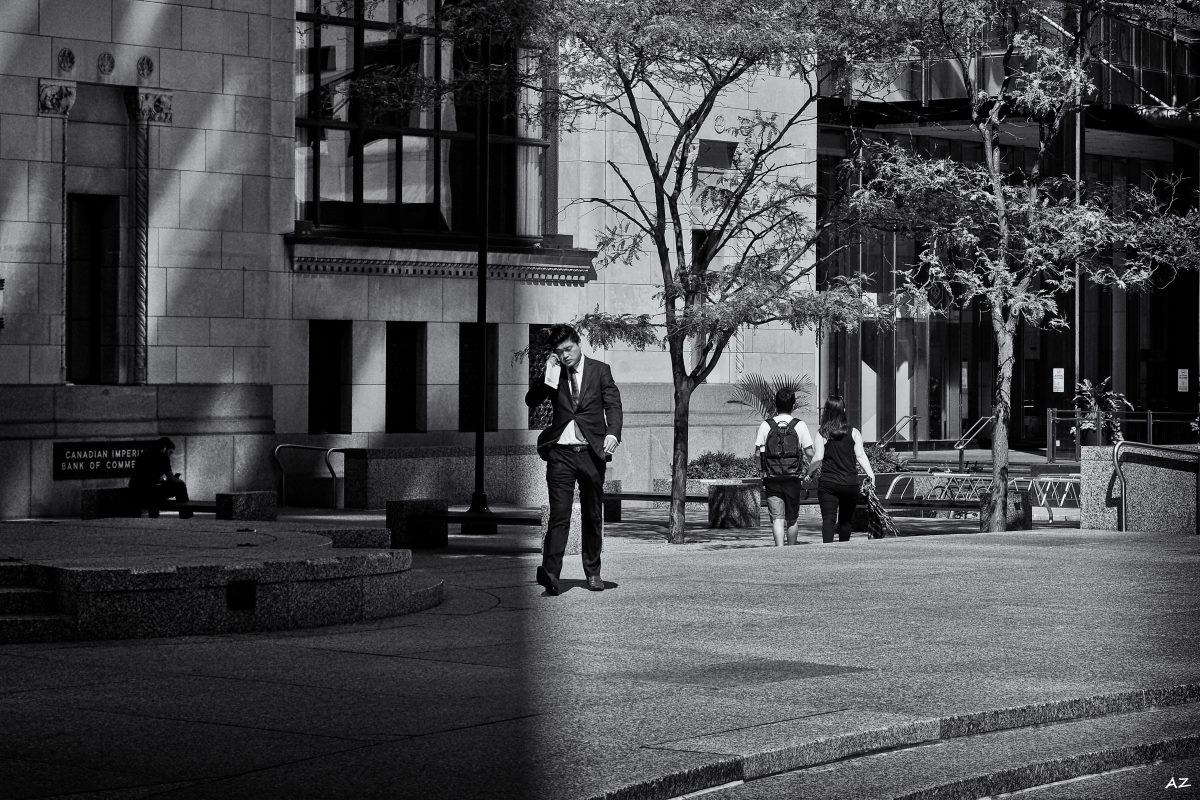
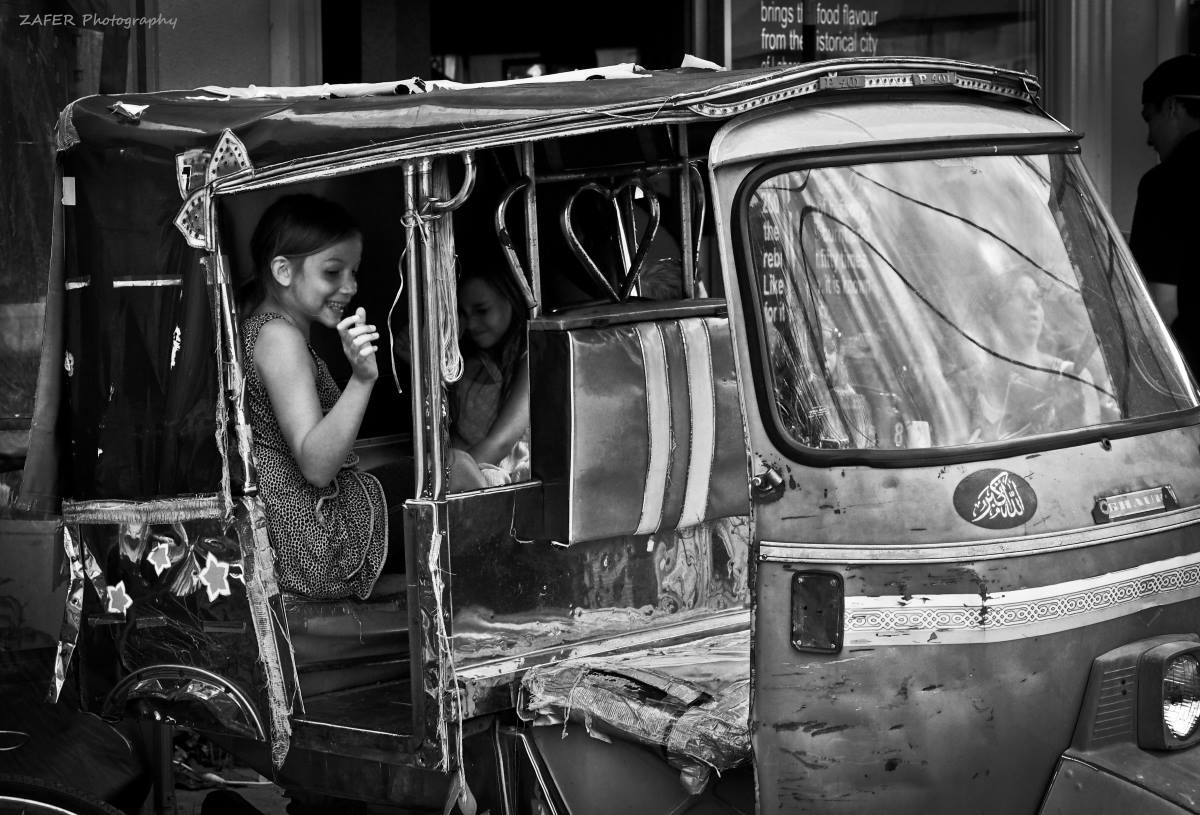
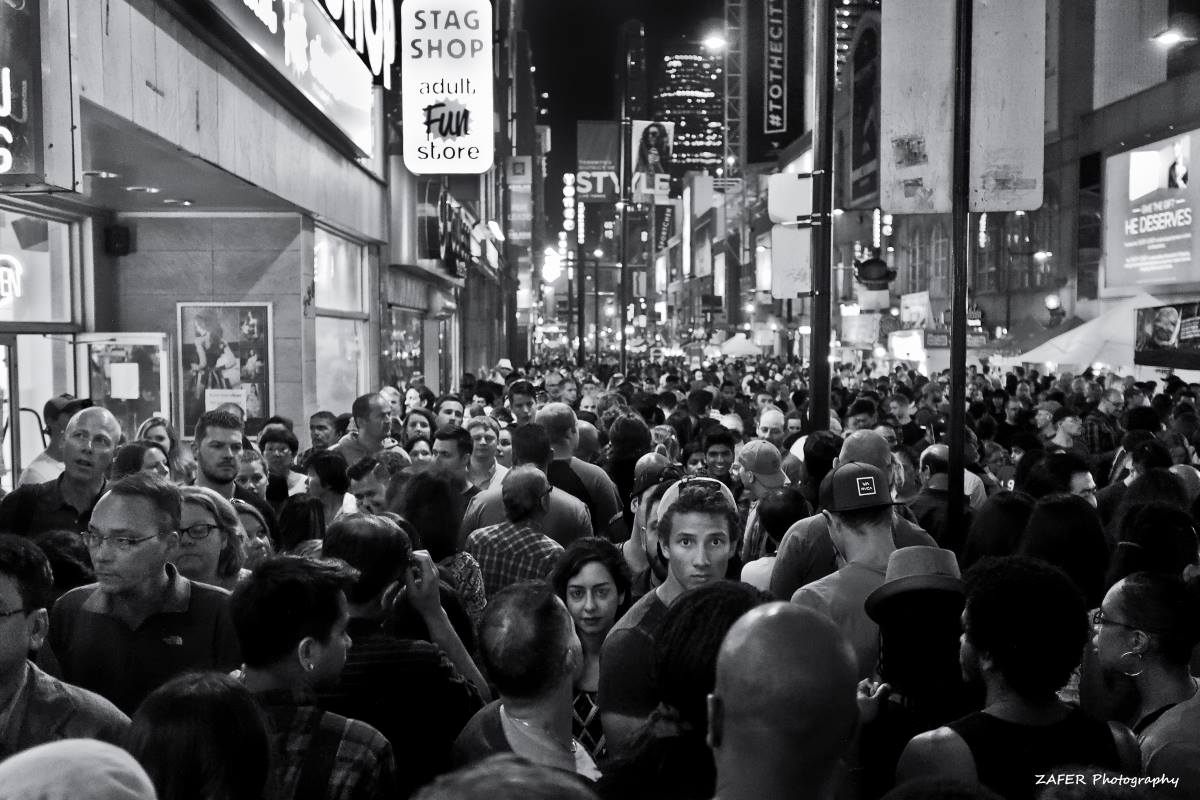
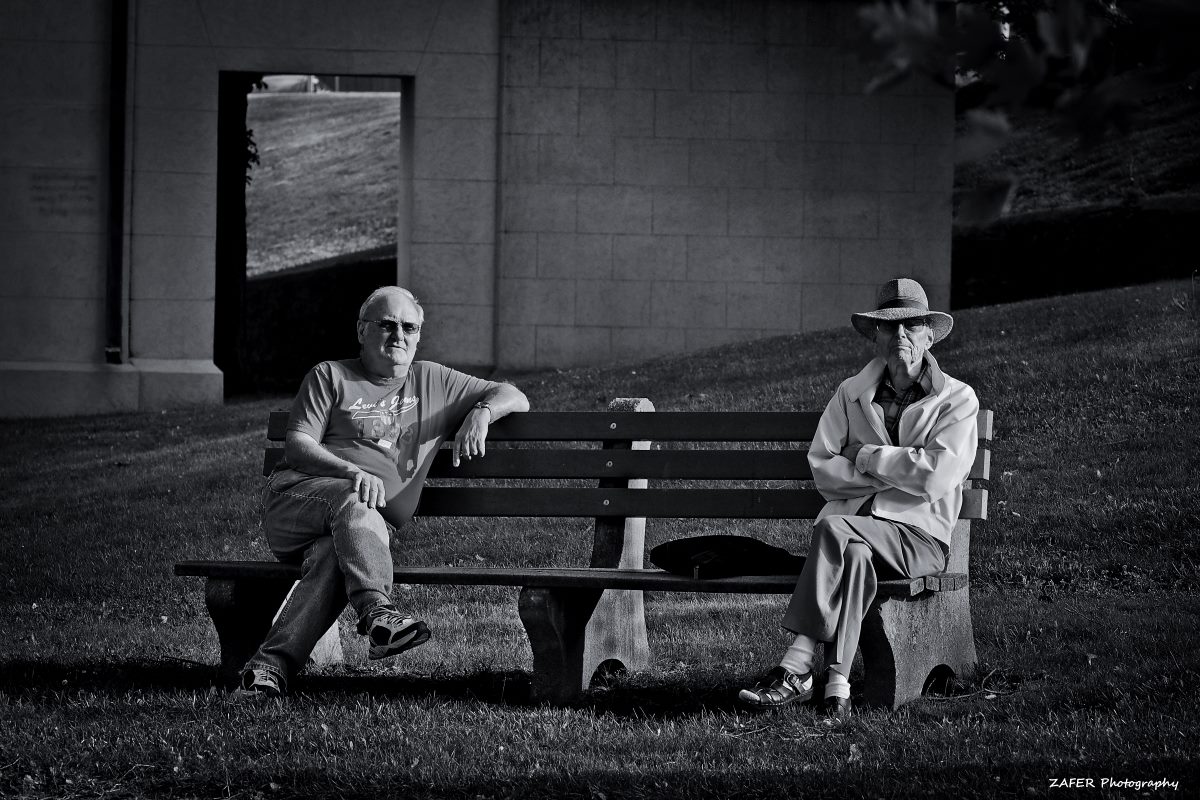
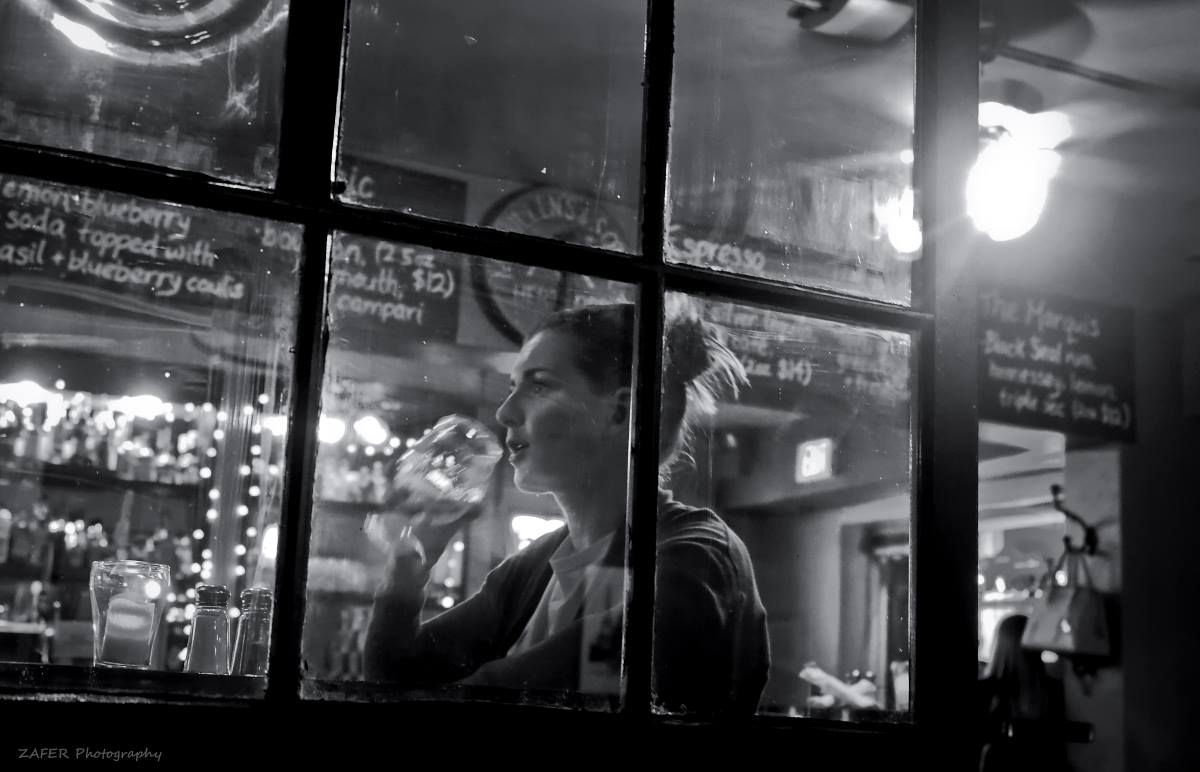
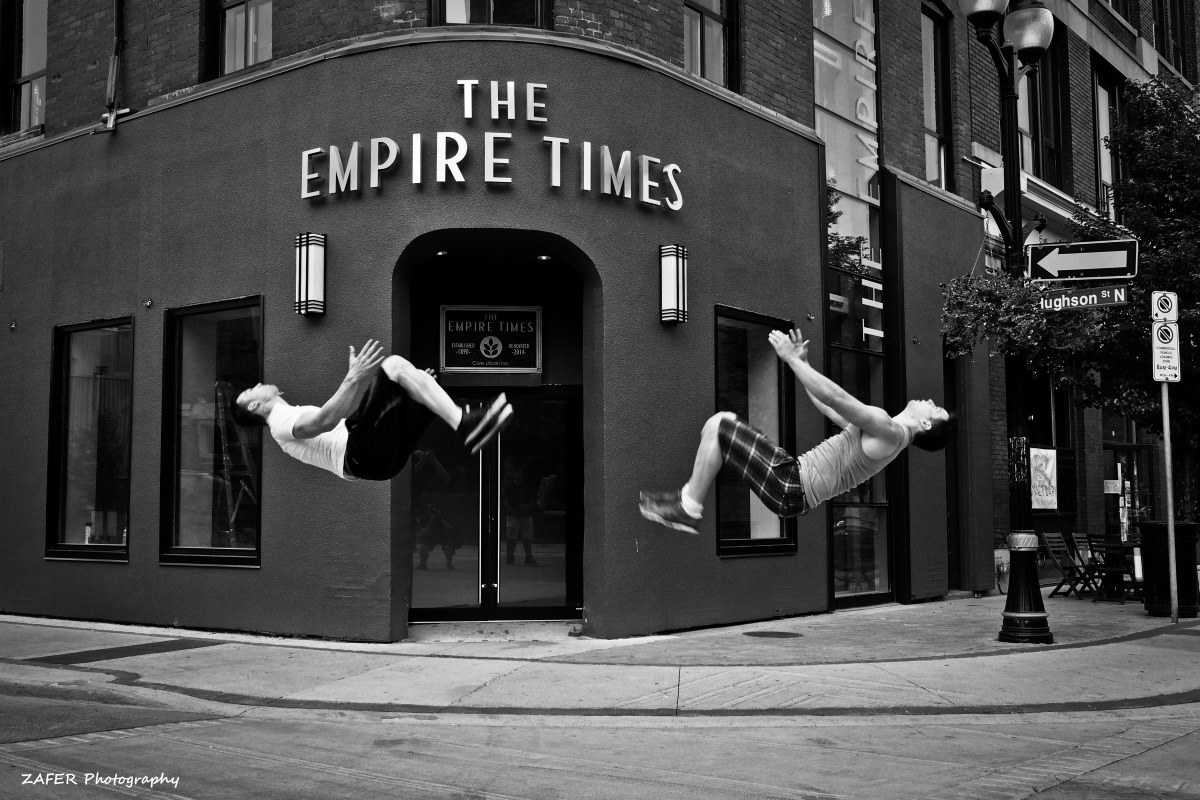

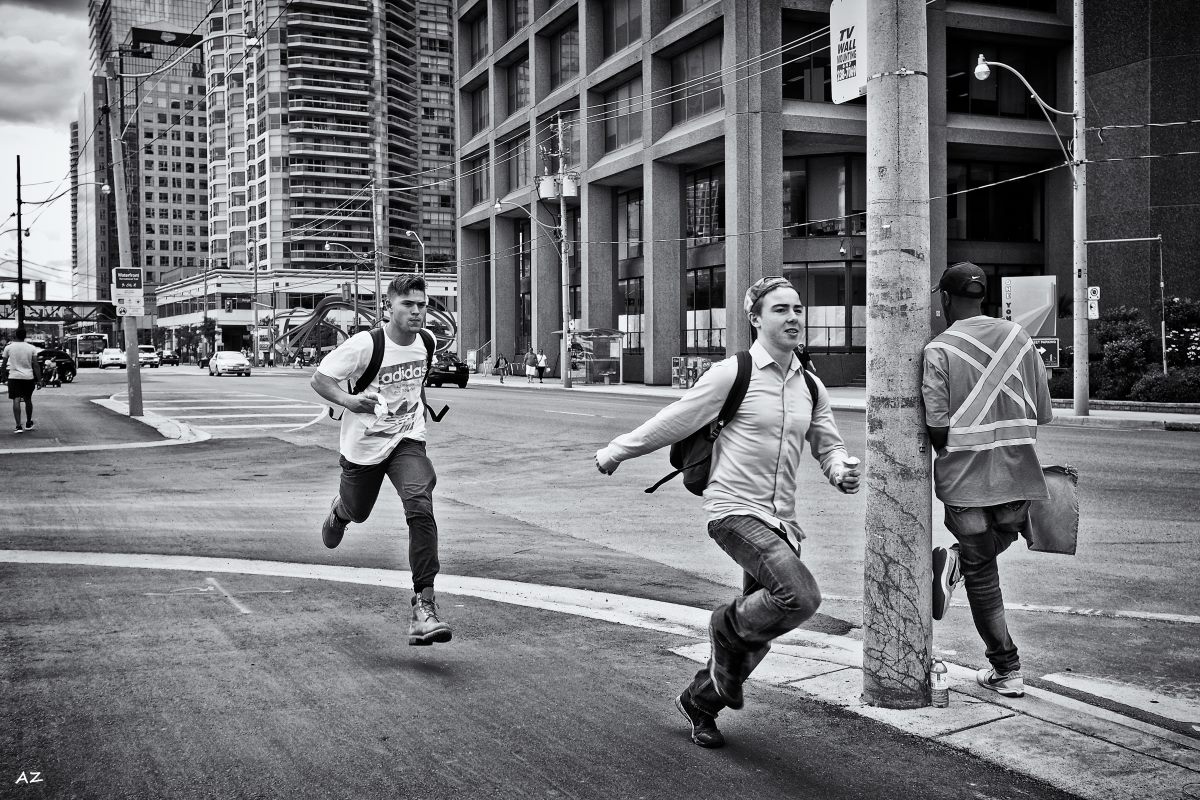
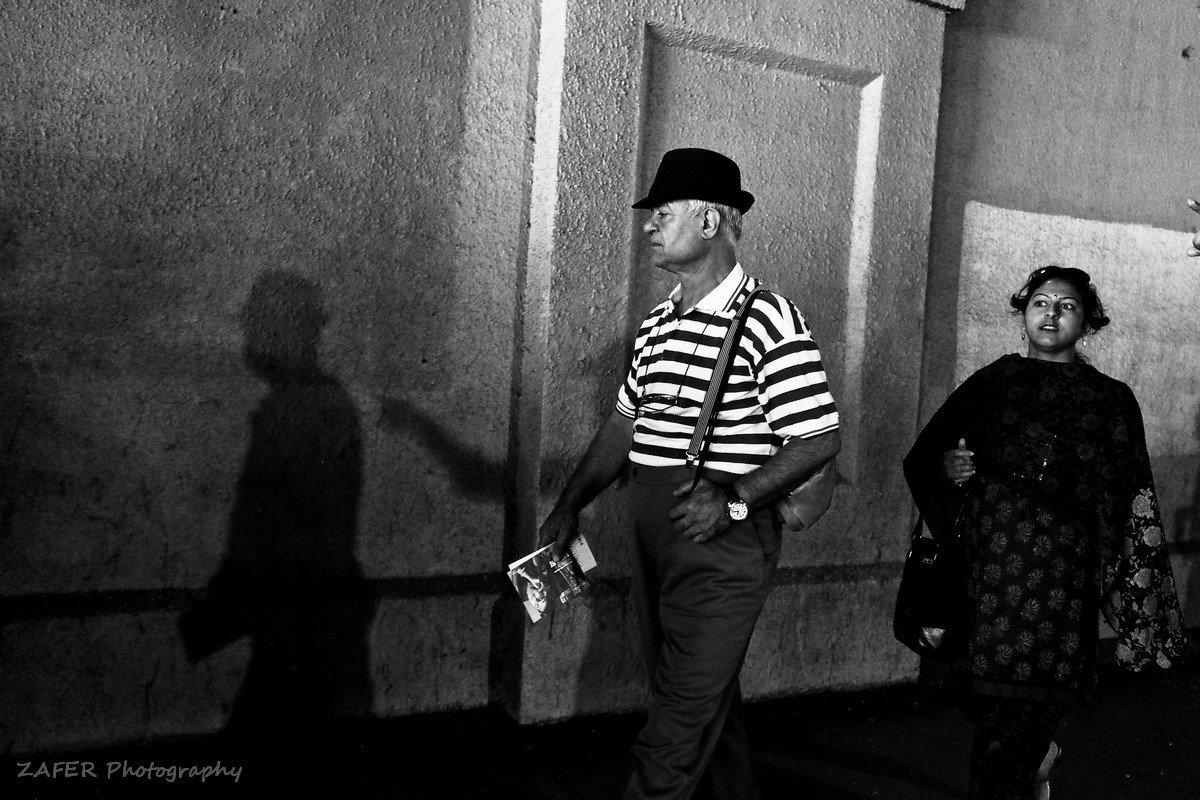
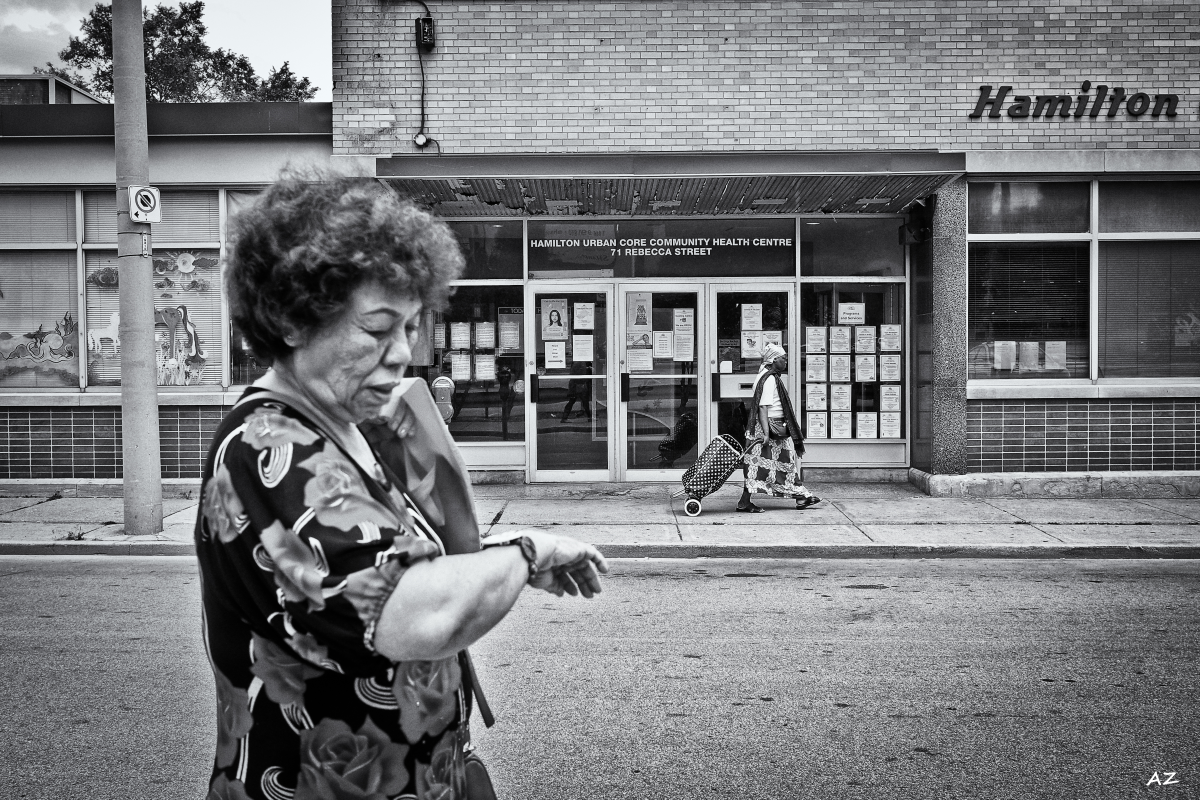

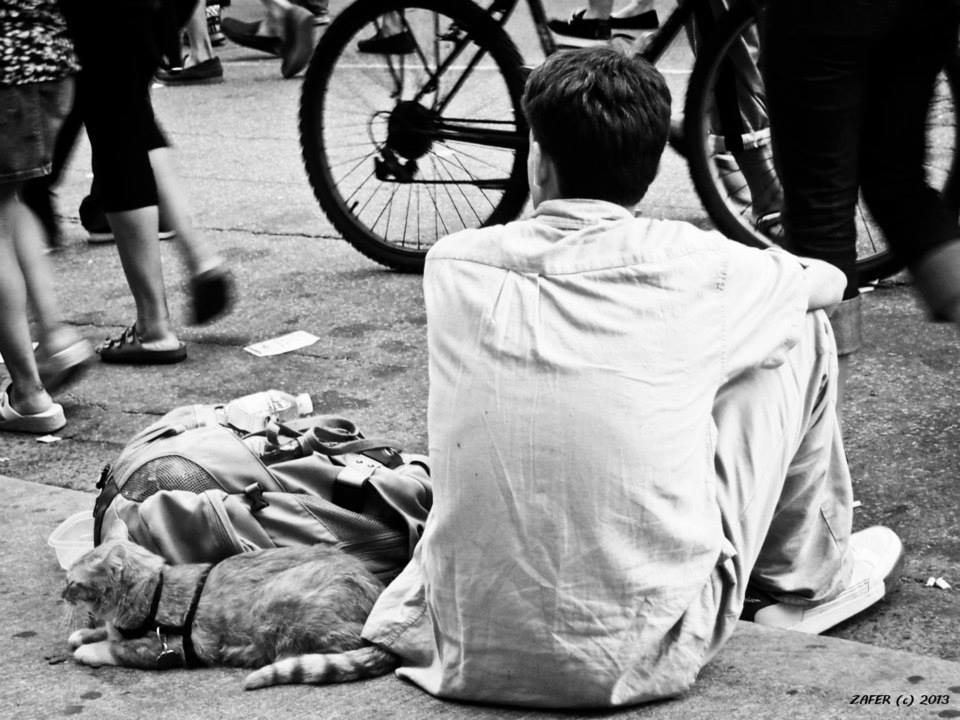

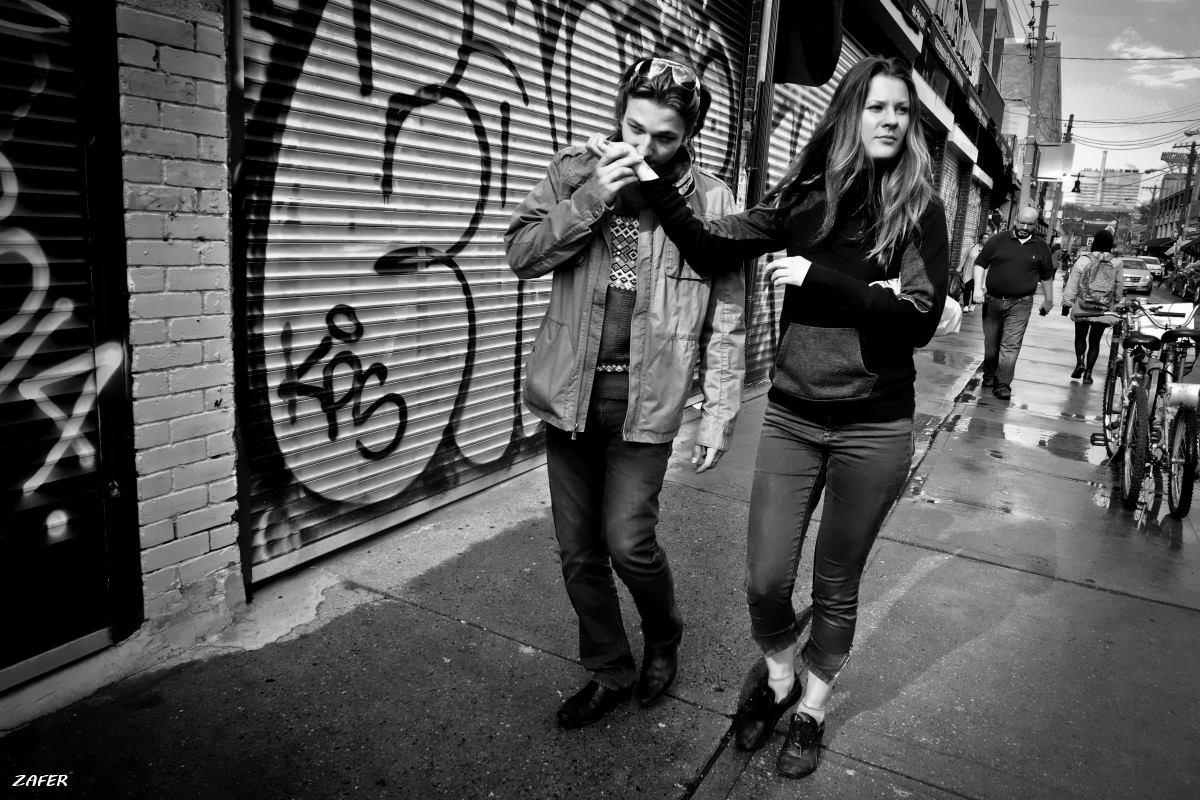
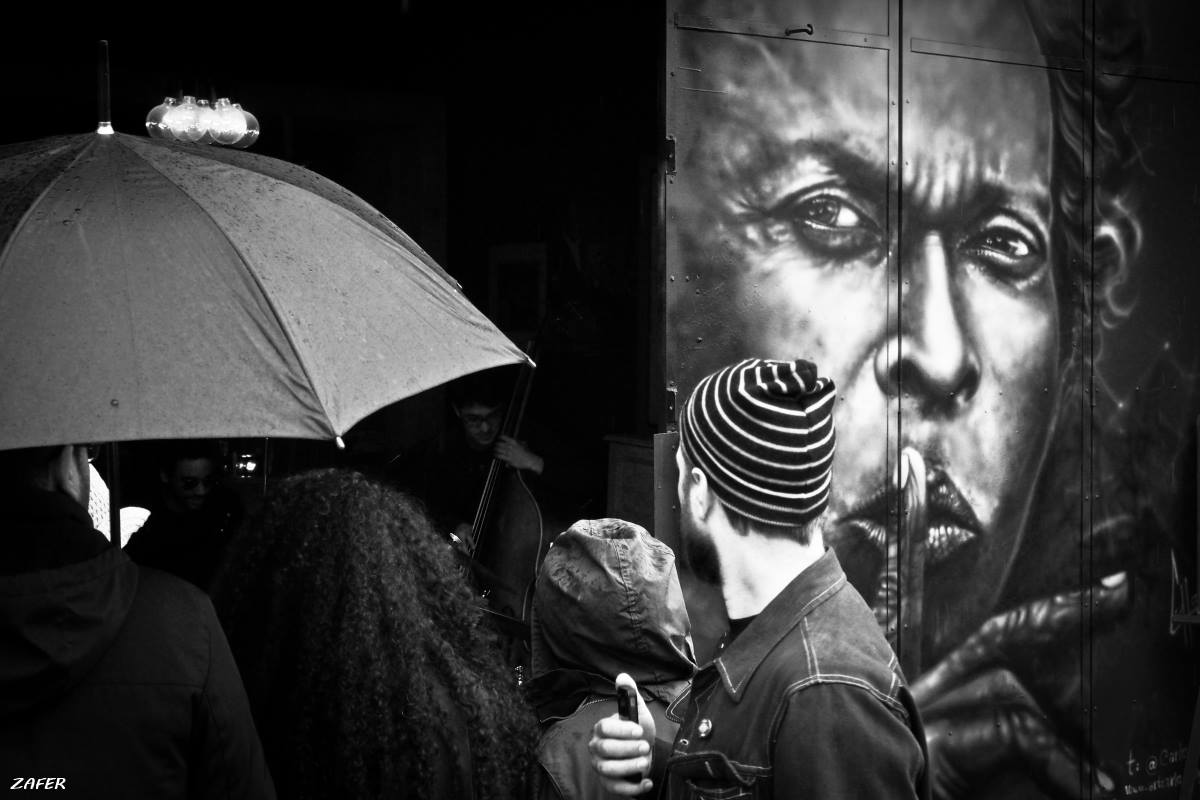



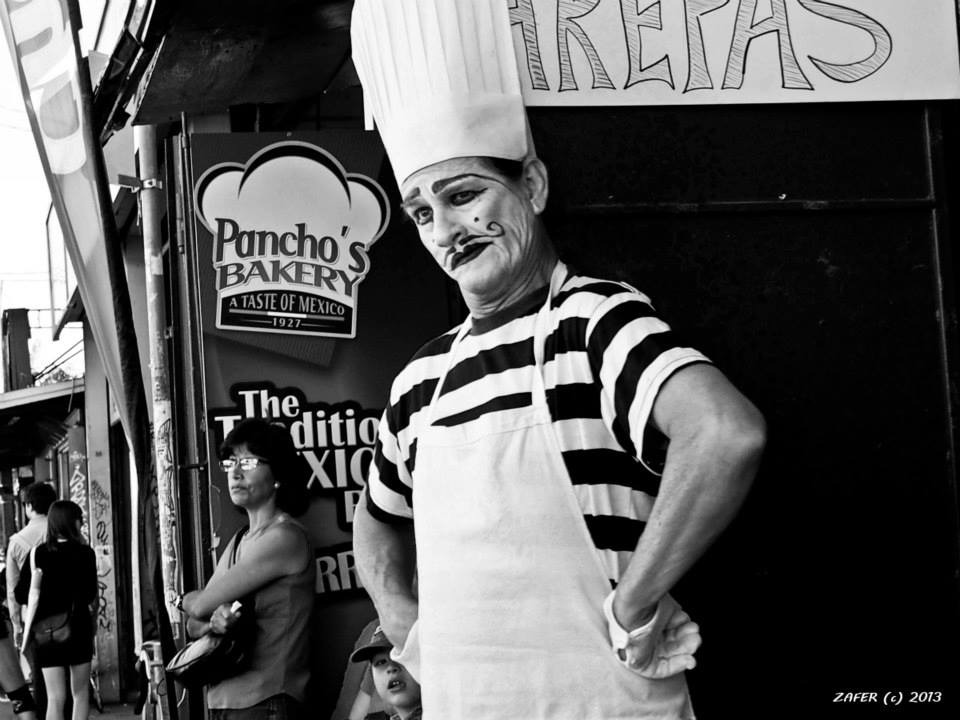
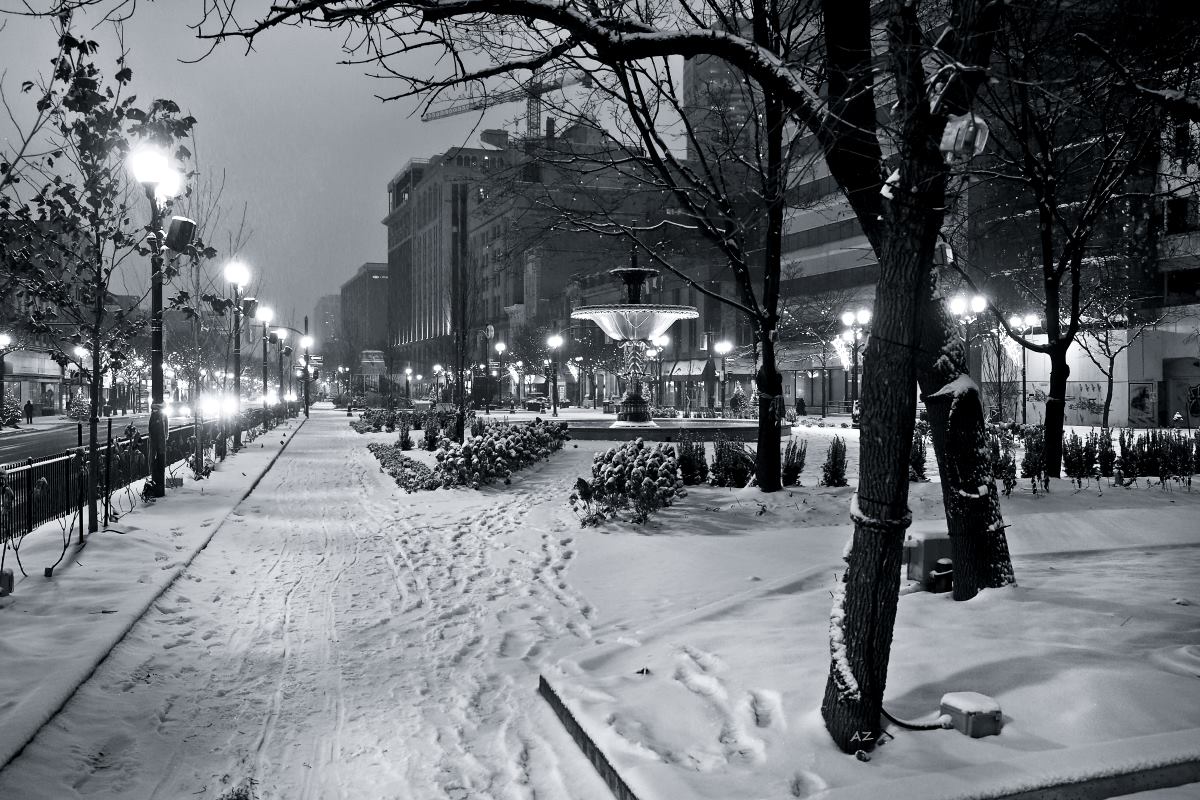
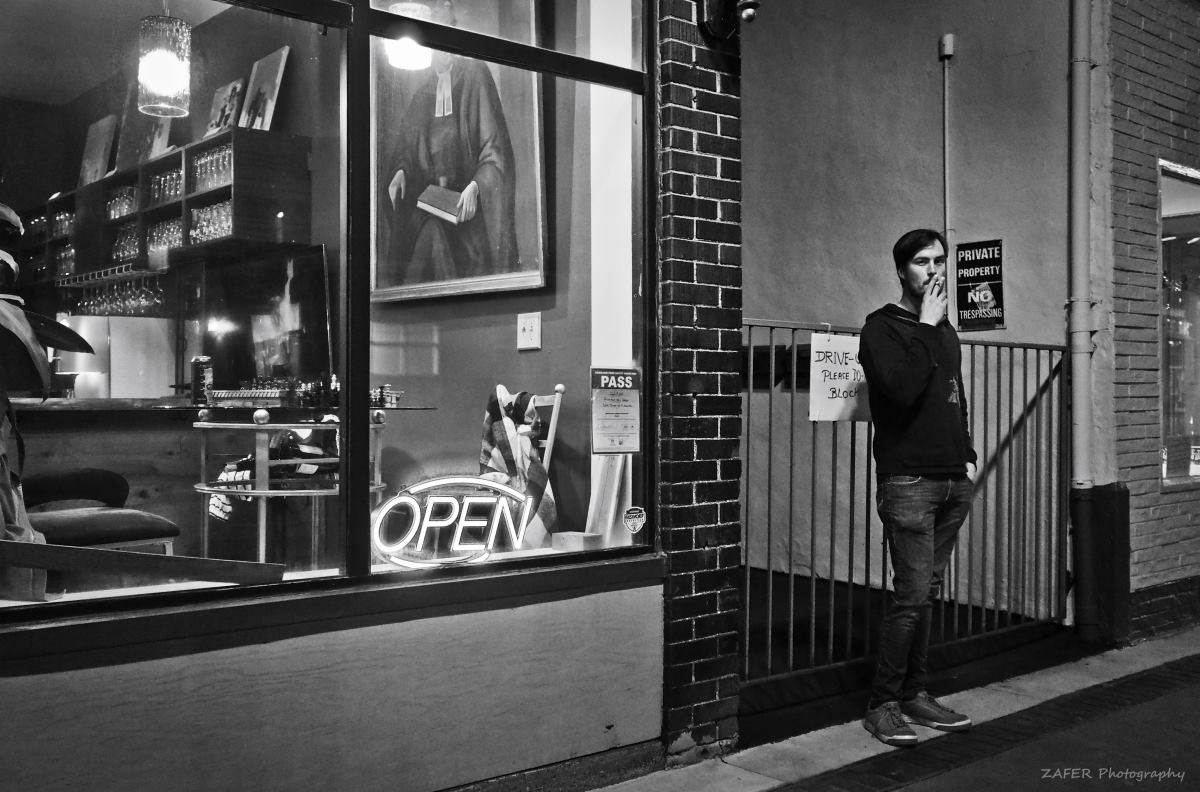

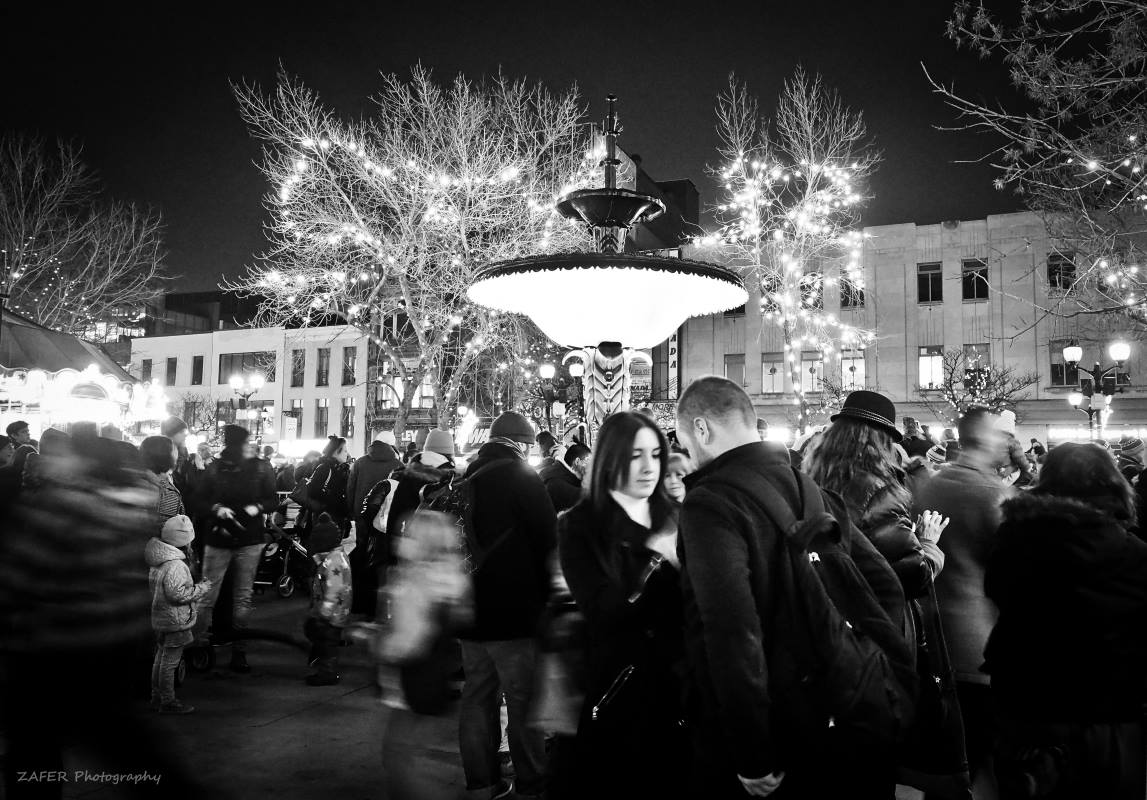
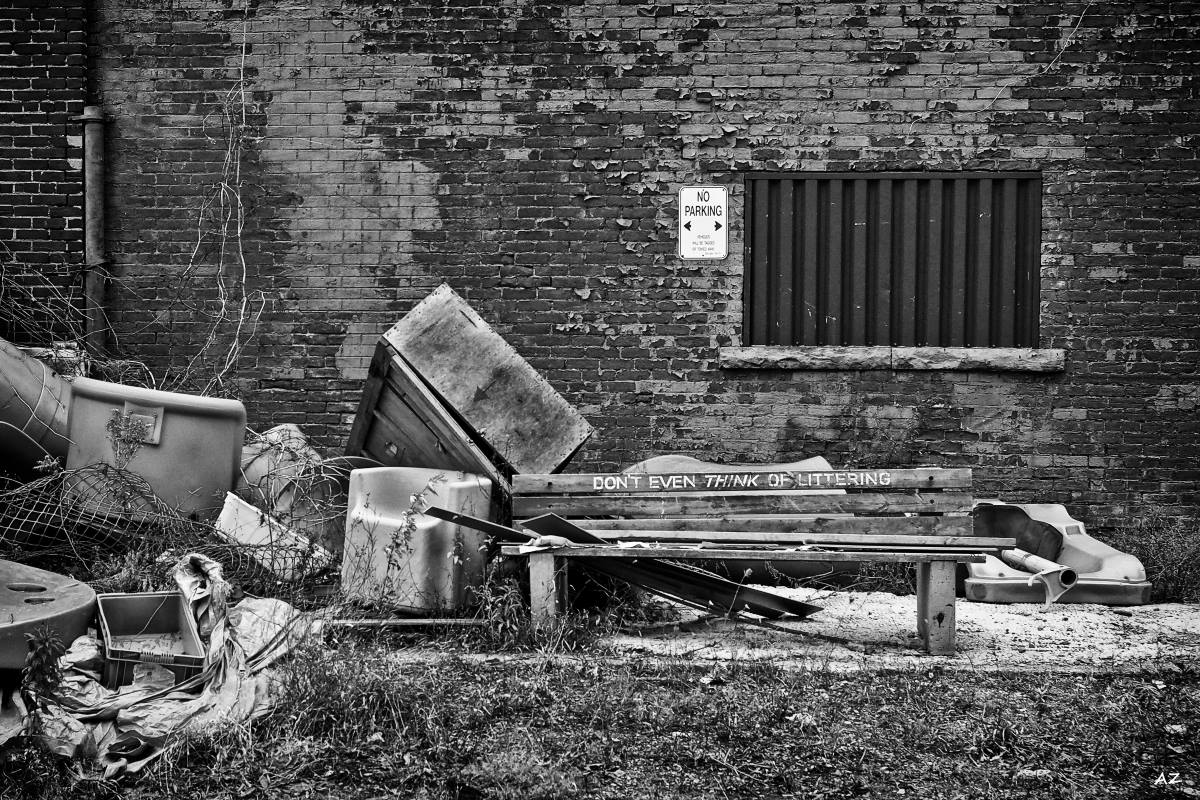
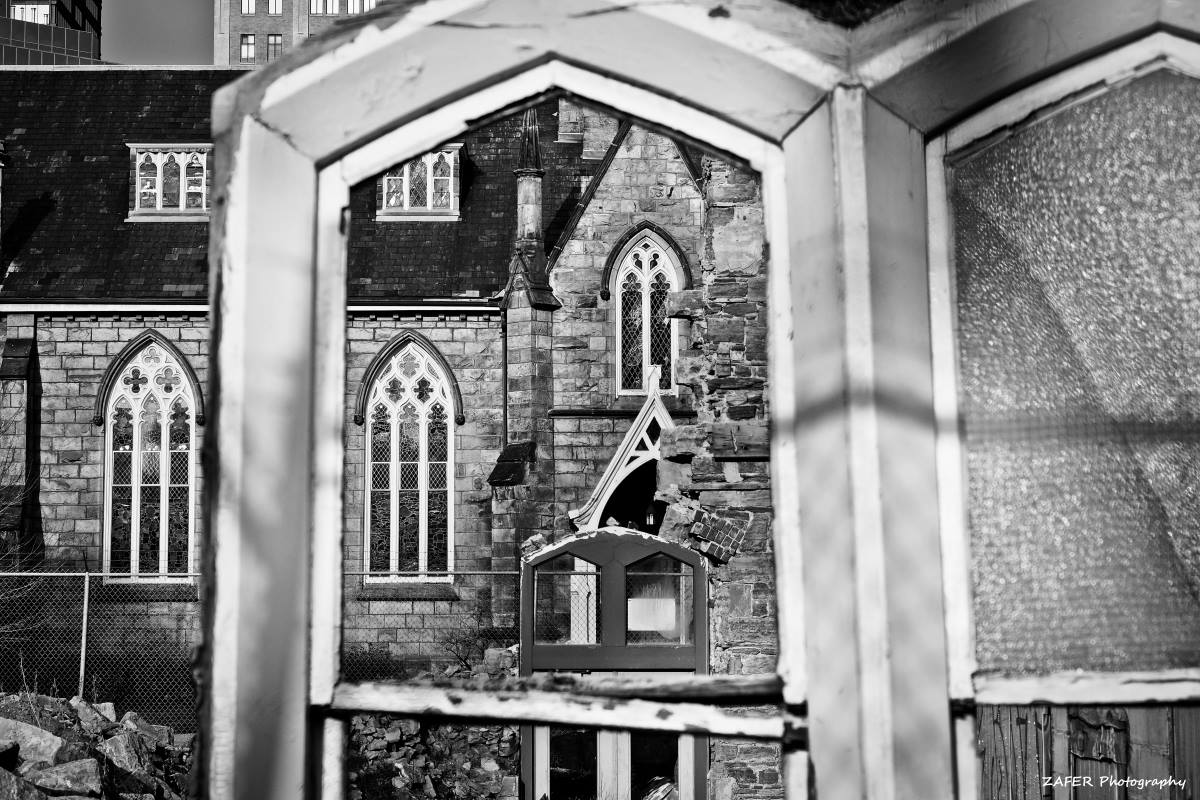
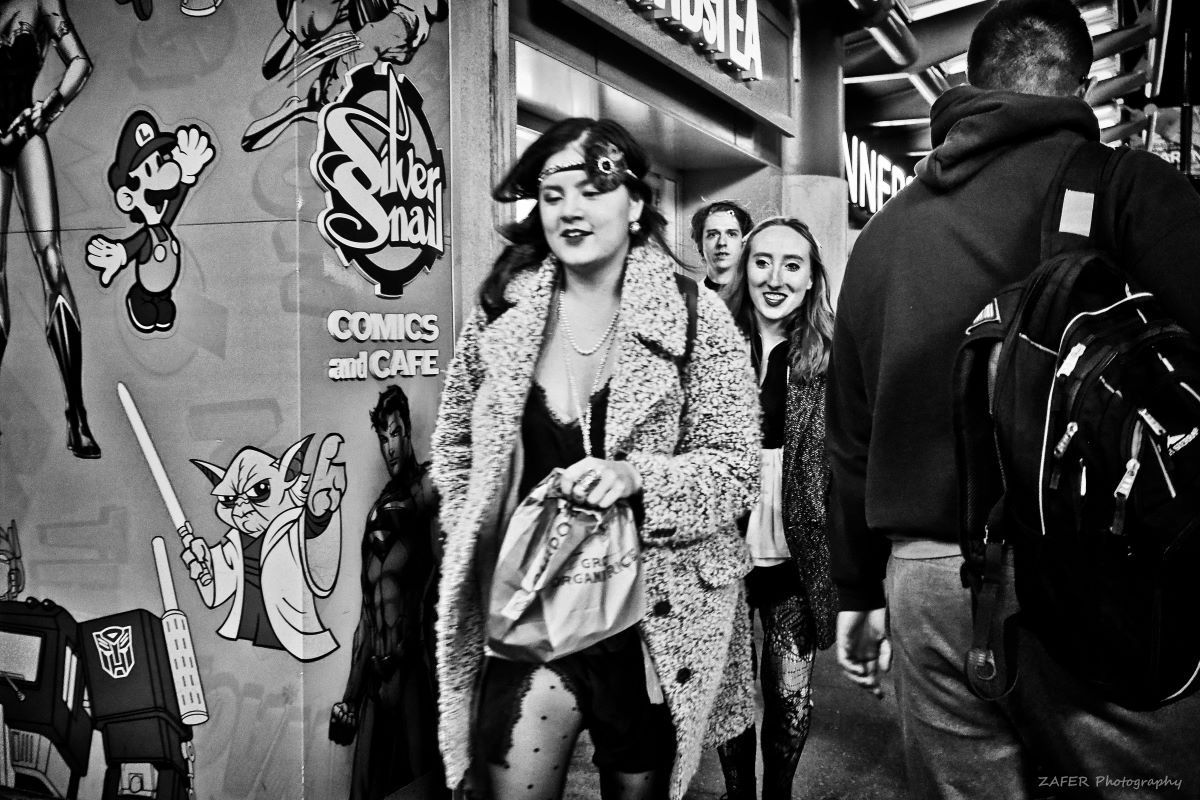
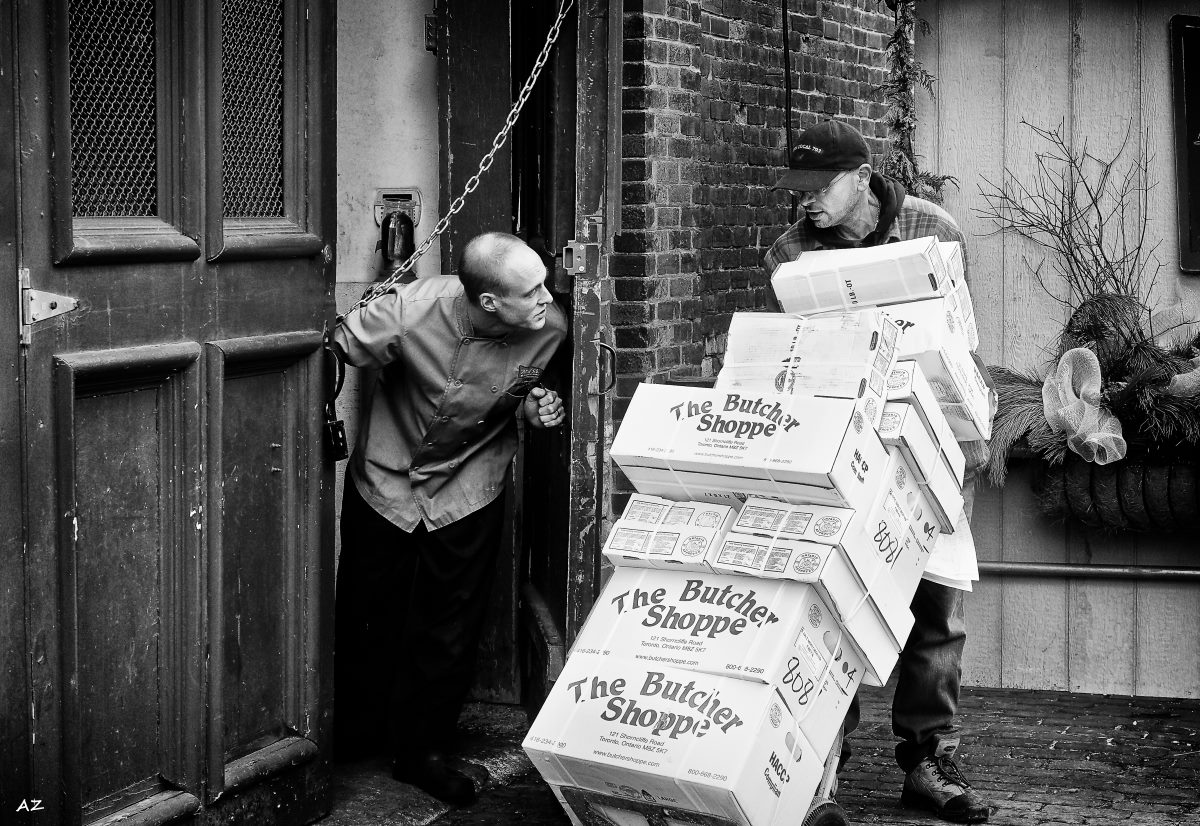












NEW GALLERY SLIDESHOW: I believe that to try and recreate photography styles of past greats is a false aesthetic for the serious modern-day street photographer to follow, since a truly improvising musician, like a street photographer in motion in search of inspiration from the streets, must also reflect their direct influences of the times, most of which must come from the society that surrounds them in the here and now, the look, feel and sounds of that society.